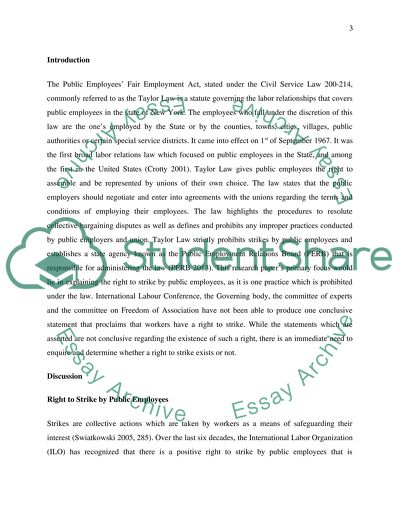Cite this document
(“Taylors Law and the Right to Strike by Public Employees Research Paper”, n.d.)
Taylors Law and the Right to Strike by Public Employees Research Paper. Retrieved from https://studentshare.org/law/1489413-tayloryies-law-and-the-right-to-strike-by-public
Taylors Law and the Right to Strike by Public Employees Research Paper. Retrieved from https://studentshare.org/law/1489413-tayloryies-law-and-the-right-to-strike-by-public
(Taylors Law and the Right to Strike by Public Employees Research Paper)
Taylors Law and the Right to Strike by Public Employees Research Paper. https://studentshare.org/law/1489413-tayloryies-law-and-the-right-to-strike-by-public.
Taylors Law and the Right to Strike by Public Employees Research Paper. https://studentshare.org/law/1489413-tayloryies-law-and-the-right-to-strike-by-public.
“Taylors Law and the Right to Strike by Public Employees Research Paper”, n.d. https://studentshare.org/law/1489413-tayloryies-law-and-the-right-to-strike-by-public.


